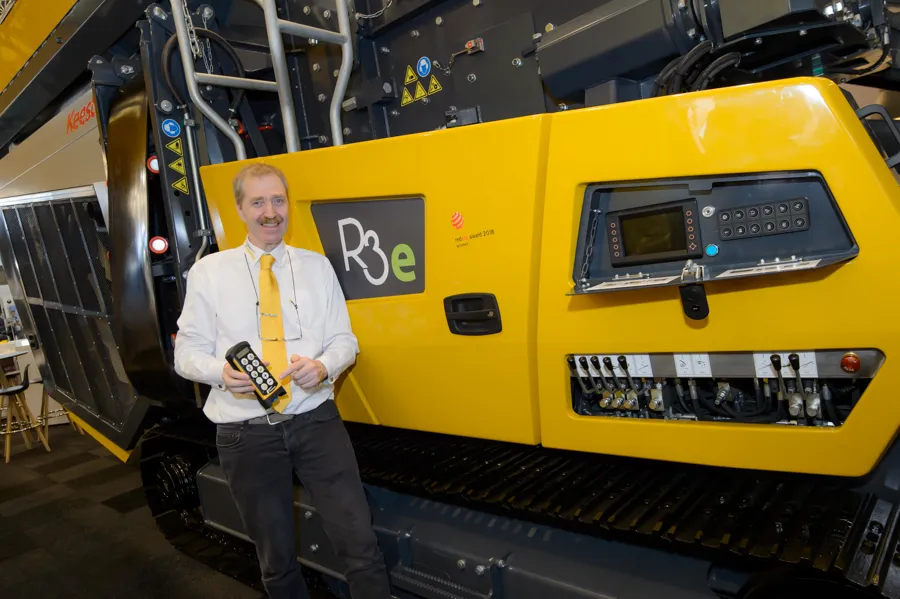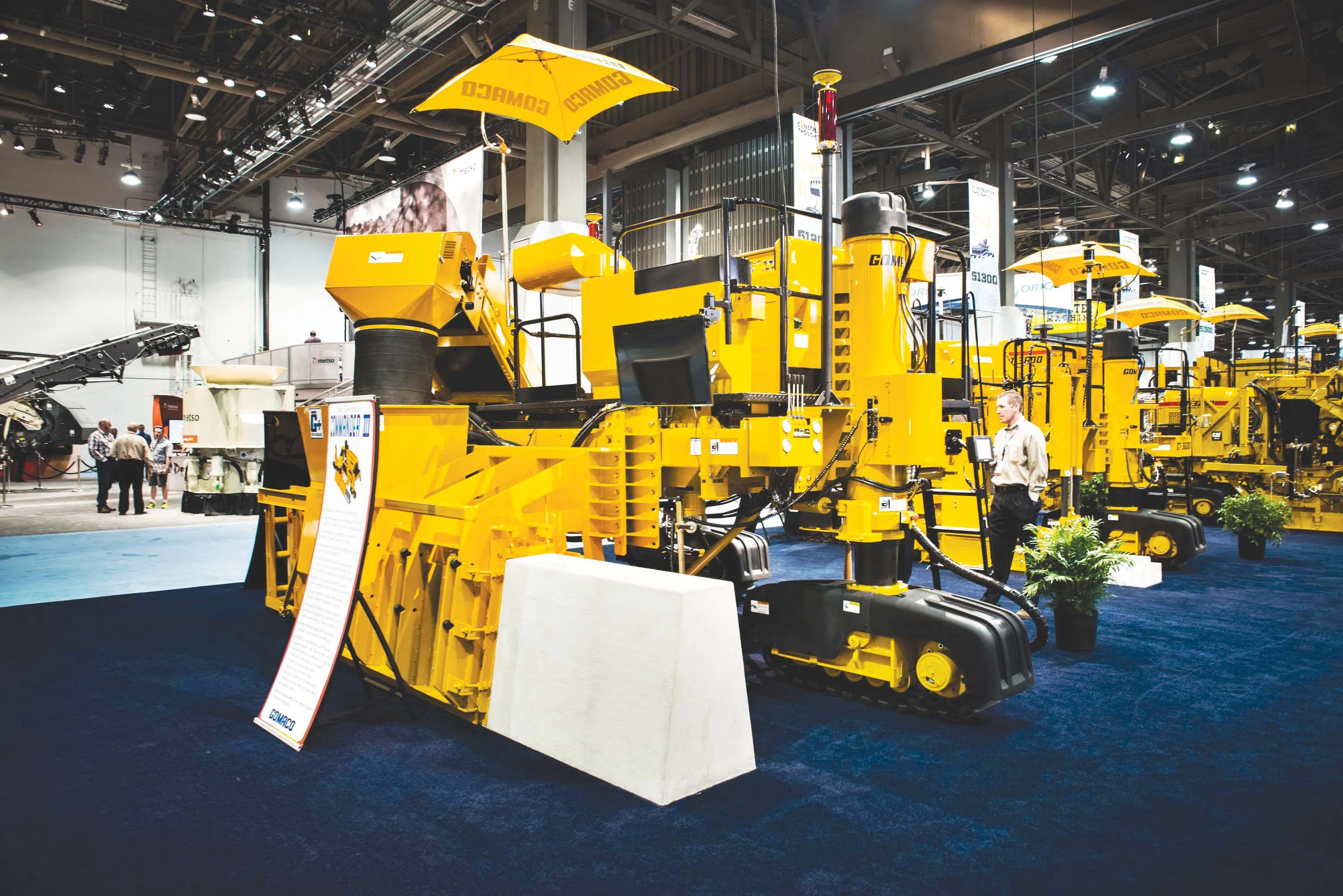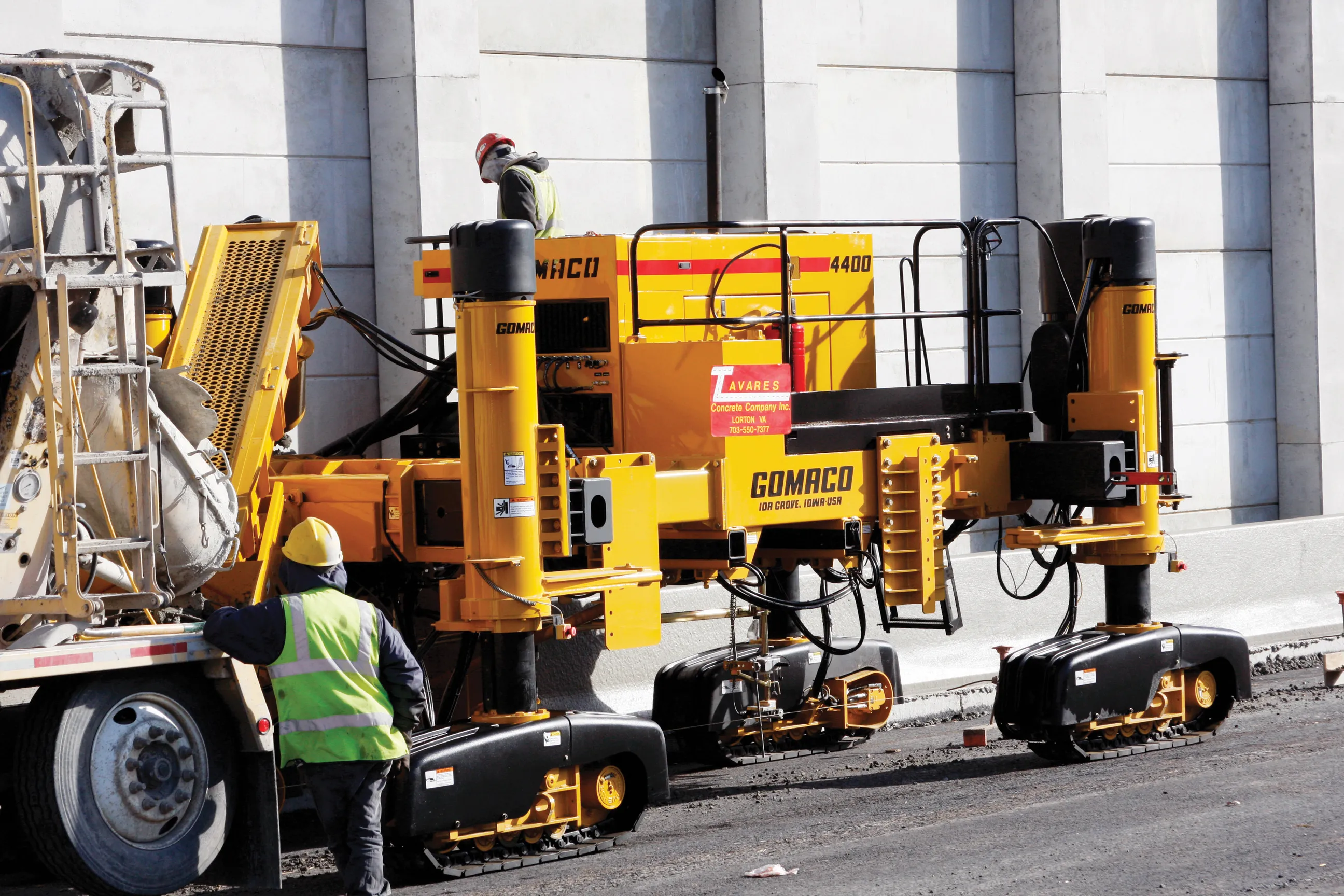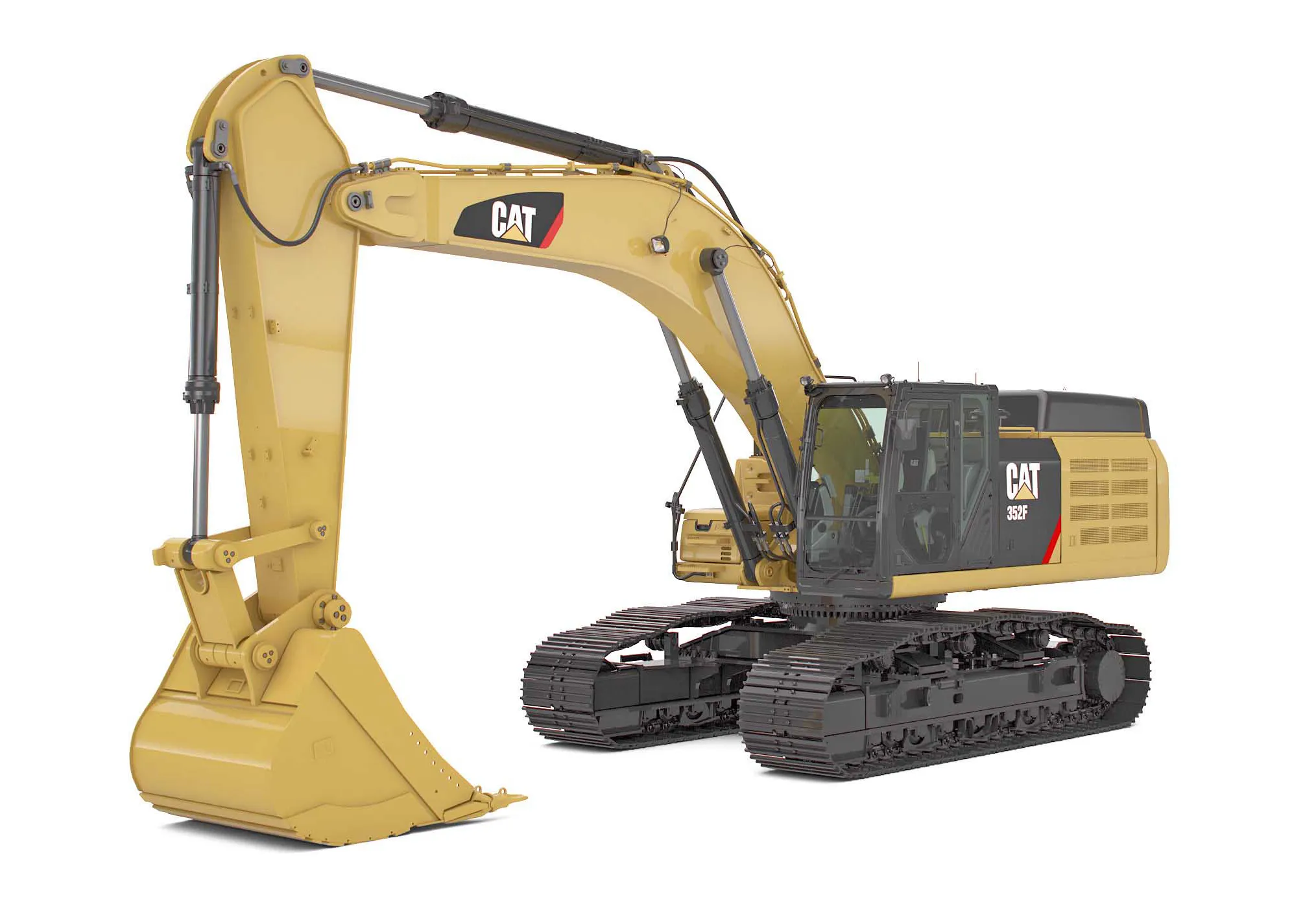New stabiliser/reclaimer models are coming to market – Mike Woof reports With road recycling becoming a more widely used approach, several key manufacturers are meeting demands for higher performance. From BOMAG comes the latest version of the MPH 125 soil stabiliser/recycler, which is now available with the new FLEXMIX technology. This package is said to set new standards in mix quality for all applications, with an optional change in the mix function that broadens the range of options available to the
June 18, 2012
Read time: 5 mins
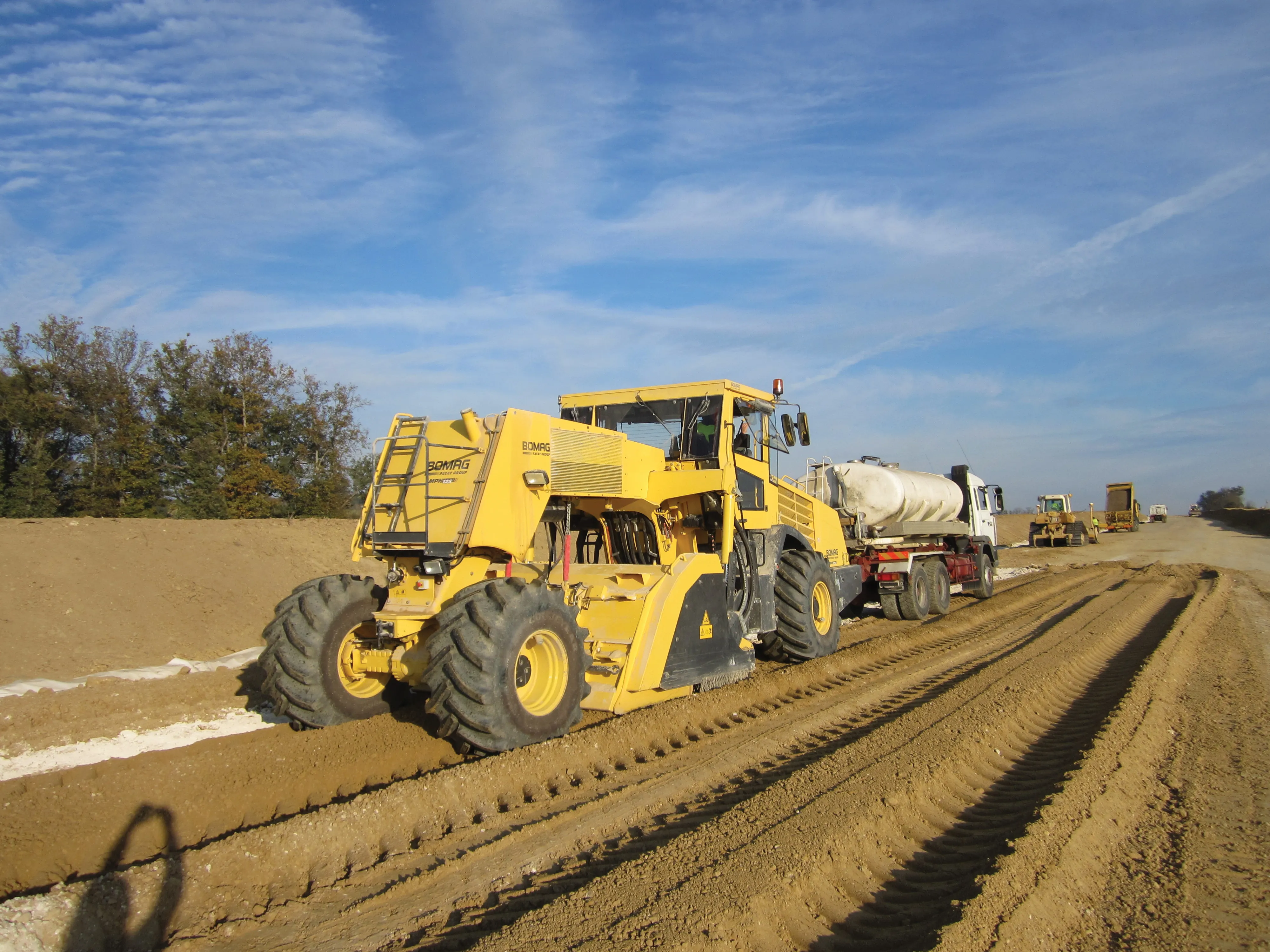
New stabiliser/reclaimer models are coming to market – Mike Woof reports
With road recycling becoming a more widely used approach, several key manufacturers are meeting demands for higher performance. FromThe ergonomic cab is height adjustable with ROPS protection and can be lowered for transportation in a few seconds giving an overall height of 3.1m, which allows the machine to be transported without height restrictions.
Meanwhile
The RS446C has four steerable hydraulic wheel drive motors at each corner, which allows the machine to operate in challenging applications. It also has four steering modes: crab; coordinated; front only; and rear only maximise manoeuvrability and versatility onsite. In addition to the 47m/minute working speed, the two-speed transmission offers a 10.3km/h travel speed. Direct shifting of the cutter transmission allows operators to select one of the three cutter speeds, which range from 128-209rpm. Contractors can choose between available 2,271litre/minute water only or water/emulsion additive systems for reclamation and stabilisation applications. The housing for the 2,438mm wide cutter features a front door that opens twice as far as previous designs, which aids in product grading and sizing when operating in either the up-cut or down-cut directions. Heavy duty chains replace rigid turnbuckles to hold the position of the floating cutter housing at ground level for improved service life.
The RS446C has a simplified frame design that has reduced the number of main frame parts by 52% while it also features a true rear axle design that the firm says increases performance. Kingpins are used instead of spindles at the wheels to allow the tyres to pivot closer to the frame, reducing the turning radius to 4.3m, nearly 50% tighter than previous models. A service centre with a fold-up ladder at the rear of the machine simplifies servicing and offers single-point access for fuelling and hydraulic fluid and central lube system maintenance. Service access panels in the frame offer greater access to hydraulic pumps and the drive system, while good access to the rear counterweight chamber allows sand to be used as ballast for quick changing.
The machine’s full-width cabin has an upgraded pressurised and filtered HVAC system as well as glass designed to reduce temperatures and a sliding operator station offering visibility to both sides of the machine. The 3.2m wide RS446C has a transport weight of 25tonnes and an operating weight of 27.24tonnes, while its transport height with cab and ROPS is 3.5m.
From


